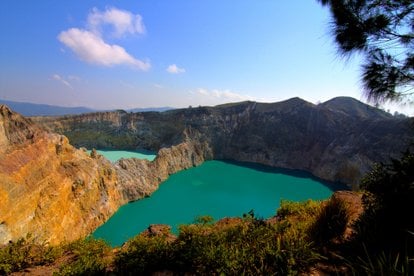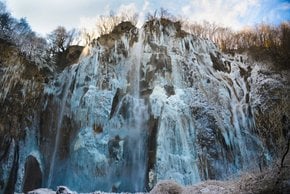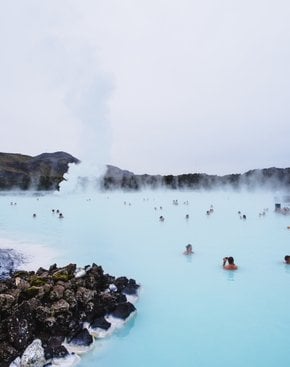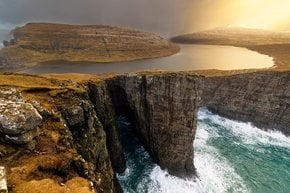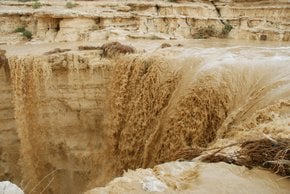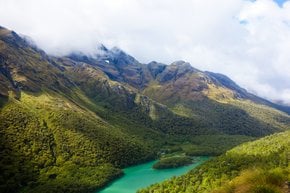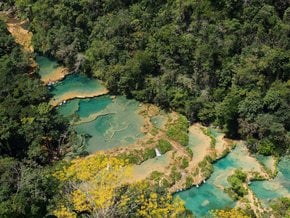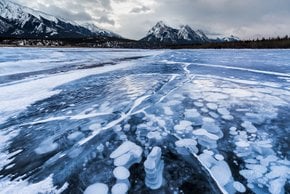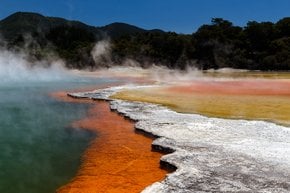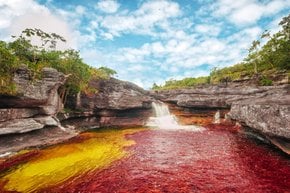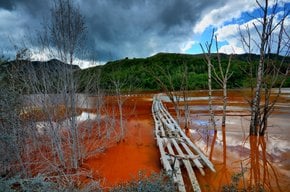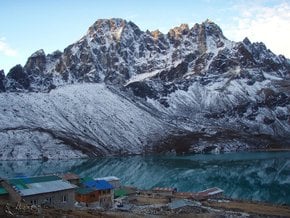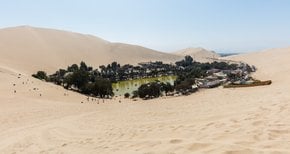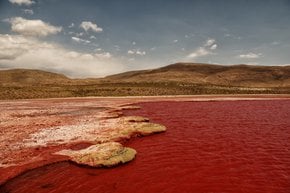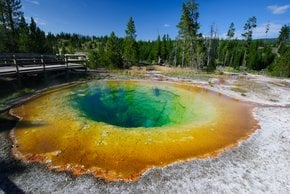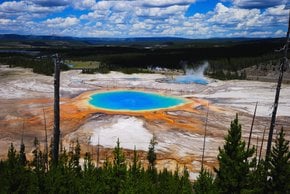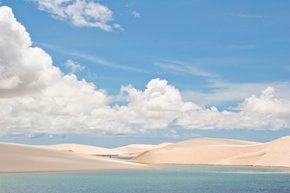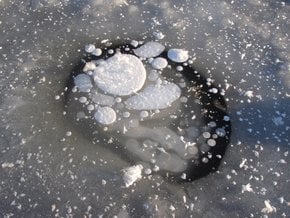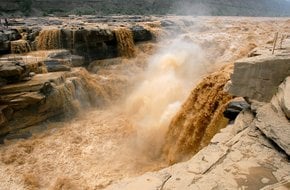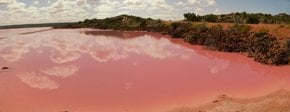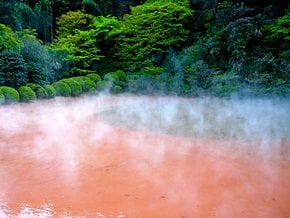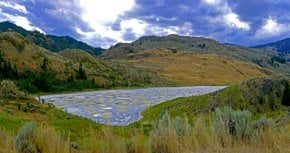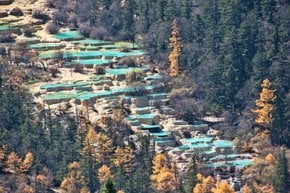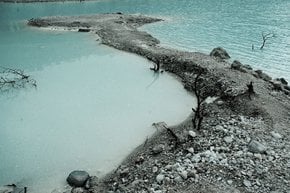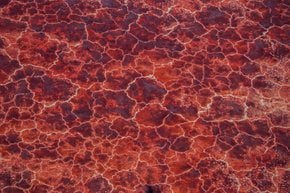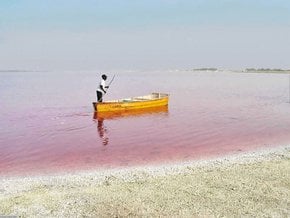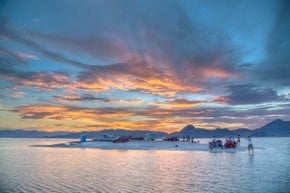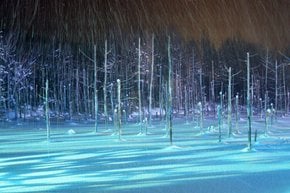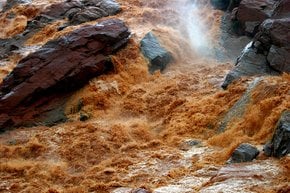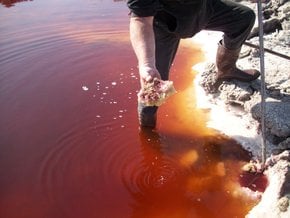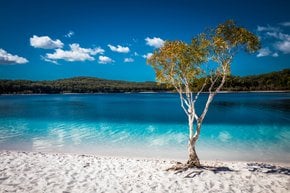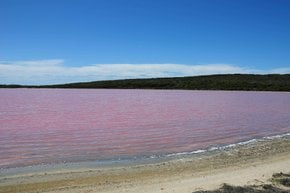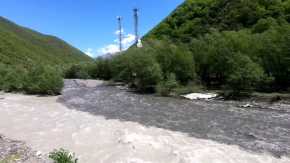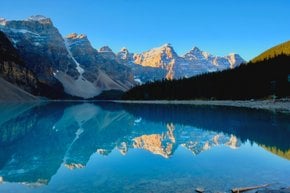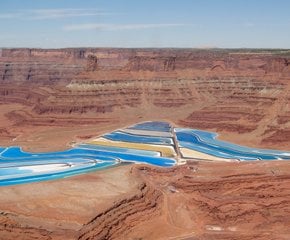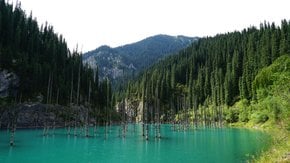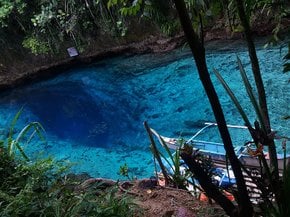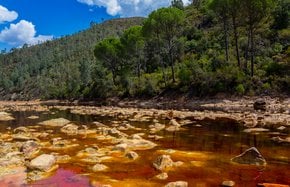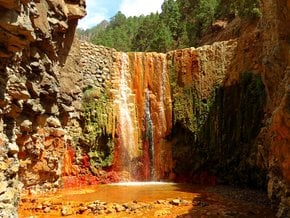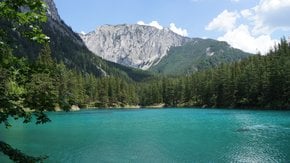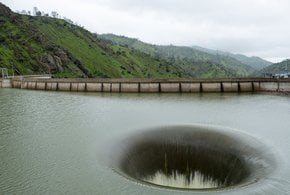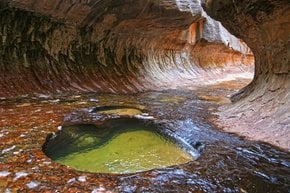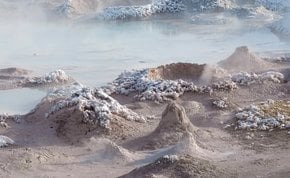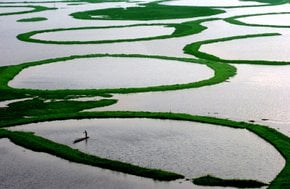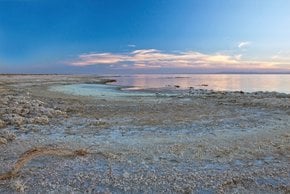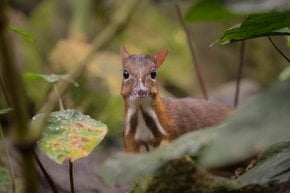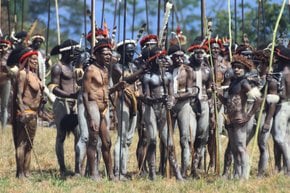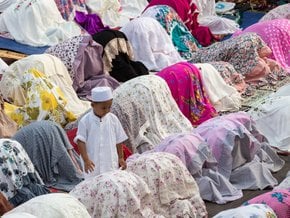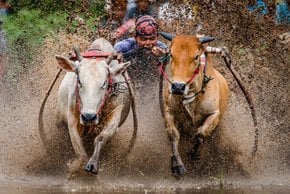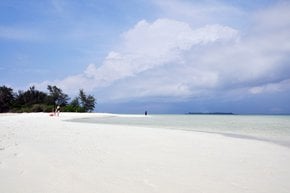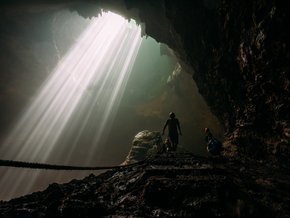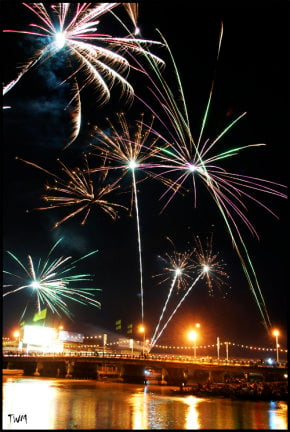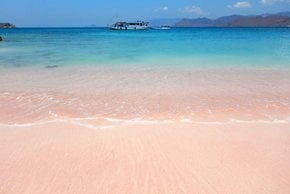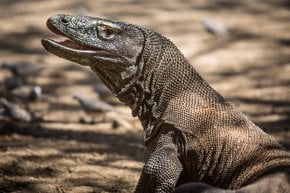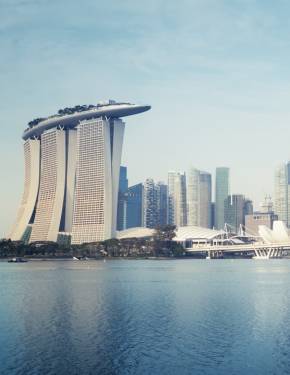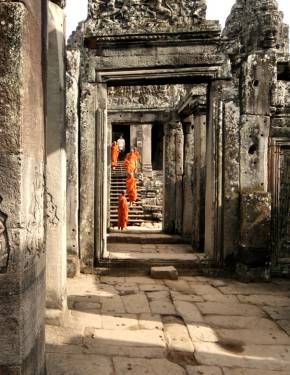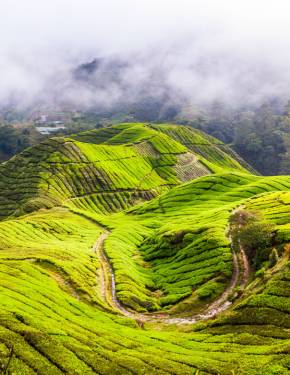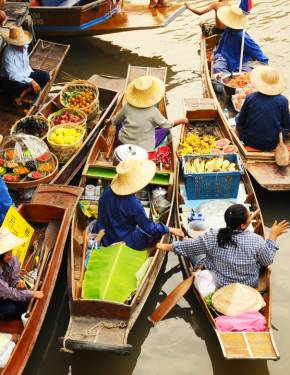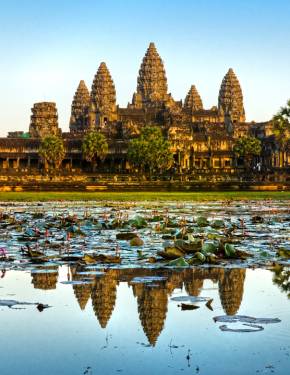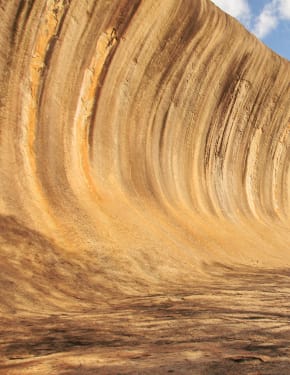Kelimutu Crater Lakes in Indonesia 2026
You never know which colours of the lakes you'll find when you reach up the top—it depends on the mood of the spirits inhabiting the waters
Best time: May–September
Three crater lakes of Kelimutu or "boiling water" Volcano could be called blue, green and black if they didn't change their colours to white, red, and blue. This colour issue makes them the world's most unique crater lakes.
Scientists found several explanations of the colour change. It might be due to the fumes coming from underneath and moving highly-nutrient waters from the bottom to the top, and vice versa. Others claim this is a sheer chemical reaction. But locals came up with the most amusing version. They believe these are the spirits of the dead who constantly change the colours of three crater lakes: every time the mood of the spirits shifts, the lakes change their colours. And since this happens quite often, it means the spirits are rather restless after death.
Further follow some more mystic details. The lake which lies separately from two others in the west is typically blue and is called Tiwu Ata Mbupu, meaning the Lake of the Old People. It's deemed to host the spirits of those who lived their lives righteously. Two other lakes are divided with a crater wall—these are Tiwu Nuwa Muri Koo Fai or The Lake of Young Men and Maidens, it's usually found green. The last lake is black, or rather olive-coloured, and often happens to be bloody red. This one is the most sinister, as it's supposed to host the spirits of those who behaved badly.
Walking around lake rims is virtually possible, but non-advisable at all, firstly because of loose volcanic rocks, and secondly the steam coming from the lakes which can make you dizzy. If anyone falls into a lake by accident, their body will be lost forever. This has already happened to a few unwary tourists. So better to watch the lakes from behind the fence. Kelimutu Volcano is found within Kelimutu national park on the island of Flores, at the village of Moli, 60 kilometres off Ende, the nearest city. The most convenient season to hike is the dry period between May and September, and peak falls in July and August. Sunrises here are particularly breathtaking.

